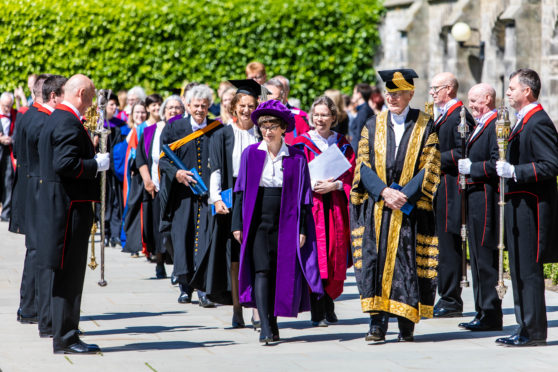From Leonardo da Vinci to Oprah Winfrey, Napoleon Bonaparte to Jimi Hendrix, left-handers have been celebrated across the generations.
However, no one really knew how many of them there were – until now.
In the biggest ever global study of handedness researchers from across Europe, led by St Andrews University and the National and Kapodistrian University, have concluded just over one in 10 of the world’s population fall into that camp.
Details of the study of more than two million people have been published in Psychological Bulletin today.
Researchers examined 2,396,170 individuals carrying out different manual tasks and found 9.34% met the most stringent criterion of left-handedness and 18.1% the most lenient criterion of non-right-handedness, taking them to the best overall estimate of 10.6%.
The lead UK author of the study, Dr Silvia Paracchini, of the School of Medicine at St Andrews, said: “This study will provide a useful reference for different areas of handedness research.
“In addition to providing reliable figures, the study highlights variability across studies depending on the different criteria used to measure handedness.
“While we intuitively classify handedness as a left/right category, these data show that the proportion of people using different hands for different tasks is almost as big as the proportion of the left-handers.”
Typically, handedness is measured by which hand is used to write with.However, for this study, researchers allowed for the fact that about 9% of people use different hands for different tasks.





